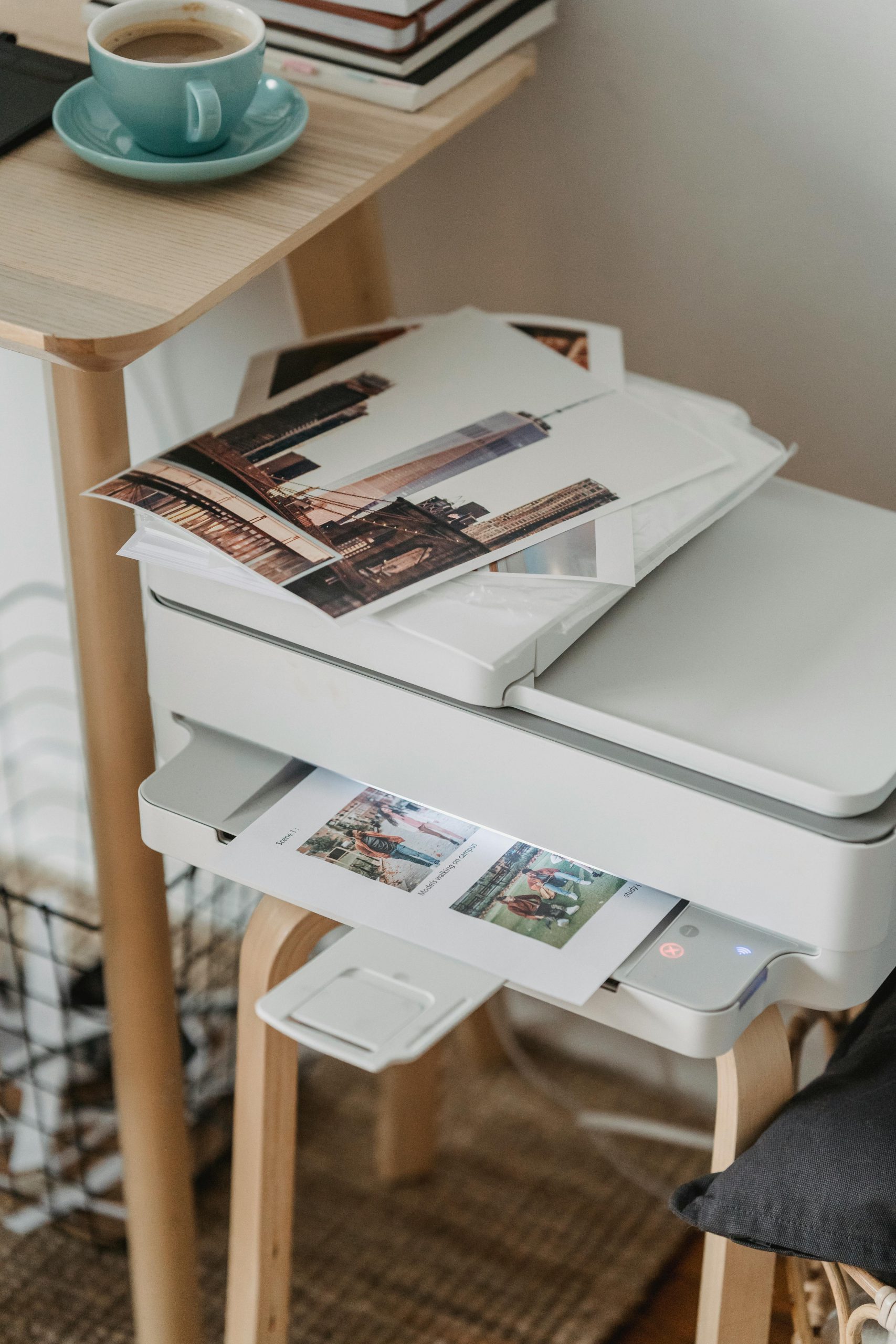
- How to Choose the Right Printer for You
In this article
Especially if you have a home office or children in school, a personal, home printer is practically a necessity these days. There are many options out there: from brands to functionality, to fancy features and price. We’re going to break down the basics for you in this guide.
The purpose of this guide is to give you an idea of what features and functions to look for in choosing a printer. Though any individual technical consultant you speak to may give their own recommendation, iDefend as a whole is not a printer company and we do not endorse any particular brand over another, but rather will be there to assist and provide technical expertise and support wherever possible.
Manufacturer
When it comes to a reliable printer, a good place to start is the manufacturer. There are companies that have been in the business for decades and know a thing of two about making a quality product. Of course, you’re welcome to buy some unknown printer from an online flea market and it might get the job done. The biggest perks with buying from a reputable manufacturer are the warranties and support you’ll get along with your purchase.
Some of the best-reviewed names for printers are:
- Brother
- Cannon
- Epson
Each of these companies provides support resources, driver and firmware updates, as well as certain warranties depending on which product you buy. For most users, sticking with one of these top brands is the best choice.
Functionality
Although many printers these days are multi-functional devices (scanners, copiers, faxes, etc.), you may not need all these extra features. If you really only need the printer for its primary function—printing—you can save a chunk of money sticking with a traditional printer rather than something like an “All-in-One” solution.
All-in-one printers
If, however, you do like the idea of being able to scan directly from your printer, or have need of another auxiliary function, make sure you look for those additions when shopping for a printer.
Ink vs. Laser
You may have seen these terms before, but aren’t sure of the pros and cons to each. The primary difference is how the printer actually prints: using electronic or magnetic toner for a laser printer or actual ink for an ink printer. Here is a quick breakdown of the key differences between them:
- Prints more quickly: Laser
- Higher detail: Ink, *
- Crisper colors: Ink
- Cheaper to refill: Ink, **
- Prints more pages per refill: Laser
- Better for photos: Ink
Notes on the comparison
*: More expensive laser printers can print with incredibly sharp details, but for cheaper printers, ink will look a little better up close.
**: Even though ink cartridges are almost always cheaper than a new toner cartridge, the toner lasts much longer (up to 5x as long) and so can easily work out to being cheaper in the long run. This all boils down to how much printing you actually do, however.
It’s important to remember as well that just because ink printers “won” more categories, doesn’t necessarily mean they are the overall better choice. You should consider for what purposes you will be using the printer and choose between ink or toner appropriately.
What is a Wireless/Network Printer?
These printers are popular among families and office settings because you don’t need to have your device plugged directly into the printer in order to print from it. This allows you to print from your phone, a tablet, a laptop, or even a desktop computer in another room. All you have to do is configure the printer to be on the same WiFi network as the device you’re trying to print from.
Our iDefend Advisors are adept at assisting you in setting up a wireless printer, so give them a call if you need any help or get stuck.
Specific Printer Recommendation?
We do not have a recommendation for a specific printer; there are plenty of websites already dedicated to doing that. They buy and test dozens of printers every year and give their recommendations. Simply do an online search and you’ll find many varying results and opinions.
We’re just trying to give you some better guidance on what to look for when shopping around, and to explain some of the more confusing terminology and aspects of printers.

